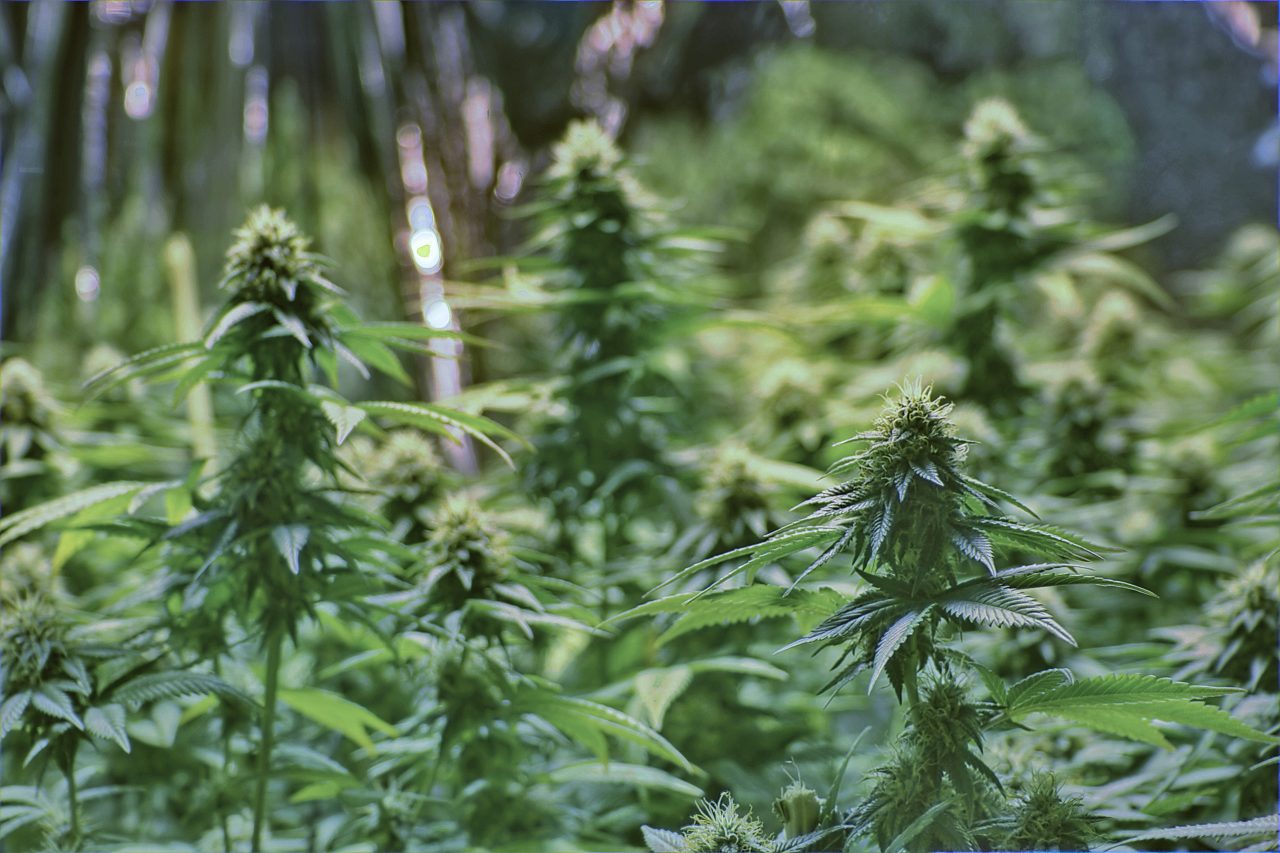In the world of cannabis culture, few numbers hold as much significance as 420. This mysterious number has become synonymous with marijuana enthusiasts and has transcended its humble beginnings to become a global symbol of cannabis appreciation. But what is the history of 420, and how did it come to be associated with stoner culture? Join us as we unravel the origins of 420, and discover the fascinating history behind this iconic number. Along the way, we’ll explore how this cultural phenomenon has influenced the creation of stoner gifts and gift-giving in the cannabis community.
The Birth of 420
The story of 420 begins in the early 1970s in San Rafael, California. A group of five high school students known as the “Waldos” coined the term. These friends, Steve Capper, Dave Reddix, Jeffrey Noel, Larry Schwartz, and Mark Gravich, used to meet at 4:20 PM to search for an elusive abandoned cannabis crop, rumored to be hidden somewhere in the Point Reyes Forest. They chose this specific time because it was after their extracurricular activities and before their parents returned home from work.
The Waldos would remind each other by saying “4:20-Louis,” which referred to the meeting time and their plan to search for the mythical crop. Over time, “4:20” became their secret code for smoking cannabis, and the term spread throughout their school and social circle.
The Grateful Dead Connection
One of the most influential factors in popularizing the term “420” was the connection between the Waldos and the legendary rock band, the Grateful Dead. Dave Reddix’s older brother managed real estate for the band, giving the Waldos easy access to the Dead’s rehearsals and hangout spots. This proximity to the band allowed them to use the term “420” freely among Deadheads and helped spread the word far and wide.
The Grateful Dead also played a significant role in popularizing the term through their concert flyers and posters. They would often use “420” as a code word for cannabis-related activities. As a result, the term gained even more prominence within the burgeoning counterculture.
High Times Magazine and Beyond
The real turning point for 420’s rise to fame came in the early 1990s when High Times Magazine, the iconic publication dedicated to cannabis culture, got hold of the term. High Times staff started using “420” in their articles and even hosted events on April 20th (4/20) to celebrate cannabis culture. This further solidified the association between the number and marijuana enthusiasts.
With the advent of the internet, the popularity of 420 exploded. Online communities and forums embraced the term, and it quickly became a global phenomenon. Today, April 20th is celebrated as a cannabis holiday, with enthusiasts around the world coming together to enjoy their favorite herb.
The Influence on Stoner Gifts and Gift-Giving
As the cultural significance of 420 grew, so did the demand for stoner-themed products and gifts. Stoner gifts have become a booming industry, with a wide range of products designed to cater to cannabis enthusiasts. From clothing and accessories adorned with 420-related imagery to innovative smoking devices and home decor, the market for stoner gifts is vast and diverse.
Gift-giving within the cannabis community has taken on a special meaning, especially during events like 4/20 celebrations. Friends and loved ones often exchange stoner gifts that reflect their shared appreciation for cannabis culture. These gifts can range from personalized smoking accessories to quirky cannabis-themed merchandise, making the act of giving and receiving presents a memorable part of the 420 experience.
The history of 420 is a fascinating journey through time, from its humble beginnings in the 1970s to its current status as a global symbol of cannabis culture. What started as a code among friends searching for a hidden cannabis crop has grown into a worldwide phenomenon celebrated by millions every April 20th. Along the way, 420 has influenced the creation of stoner gifts and the tradition of gift-giving within the cannabis community.
So, as you celebrate 420 and exchange stoner gifts with your fellow cannabis enthusiasts, take a moment to reflect on the rich history behind this iconic number. It’s a testament to the enduring spirit of cannabis culture and the power of a shared symbol to bring people together in celebration of a beloved plant.
